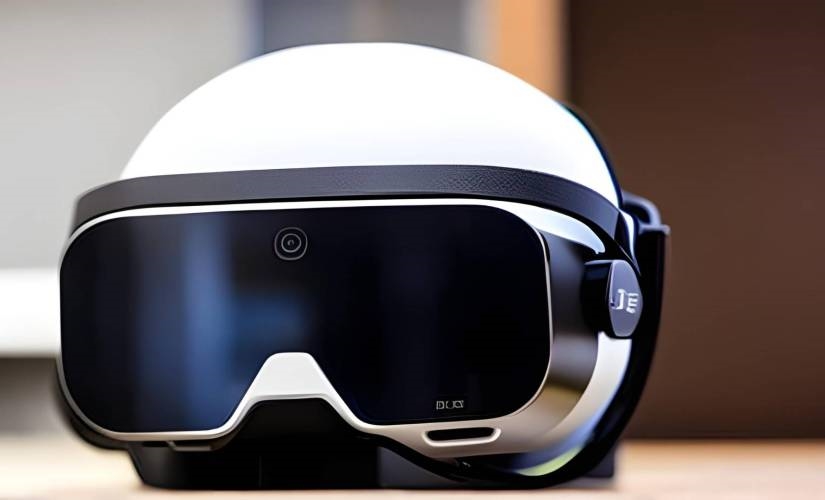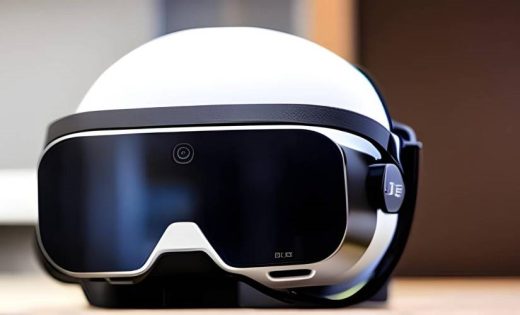AR Technology: A New Approach to Attract Blood Donors
AR Technology: A New Approach to Attract Blood Donors

In recent years, attracting young blood donors has become a significant challenge for blood centers across the United States. With the ongoing pandemic, the situation has worsened, and the need for innovative solutions is more urgent than ever. Blood centers are now turning to AR (Augmented Reality) technology to encourage a new generation of donors to step up and save lives.
On World Blood Donor Day, Blood Centers of America announced a collaboration with healthcare company Abbott, aiming to provide an engaging and calming experience for blood donors. The partnership introduces AR headsets, designed by Microsoft and programmed by Abbott, to captivate donors with a virtual zen garden they can interact with using just their eyes.
The primary goal of implementing AR technology in blood donation centers is to alleviate anxiety and apprehension, especially for first-time donors. By offering a mesmerizing and immersive experience, it’s believed that more young people will be attracted to blood donation, reversing the downward trend of donors under the age of 30.
The pandemic has had a drastic impact on blood donation, particularly among high school and college students. With schools transitioning to virtual learning, blood drives have been halted, causing a significant drop in the number of young donors.
New York Blood Center has become the first in the nation to adopt AR headsets in their donation process. The plan is to rotate the initial 10 headsets throughout various donation sites in the city. Moreover, blood centers in Houston, Chicago, and Columbus, Ohio, are also incorporating AR technology this summer.
One crucial aspect of the AR headset design is the holographic lenses, which allow donors’ eyes to remain visible while they explore the virtual environment. This feature is essential for blood center staff to monitor donors closely during the donation process, ensuring their safety and well-being.
Early feedback from donors who have experienced the AR headsets has been positive. For example, Parthid Patel, a 25-year-old donor, shared his enthusiasm for the engaging experience provided by the holographic glasses. He said, “It’s more fun. Otherwise, I’d just be sitting. Now I have something to do with my time.”
As blood centers continue to face challenges in attracting young donors, AR technology offers a promising solution to engage and educate a new generation about the importance of blood donation. The engaging and calming experience provided by AR headsets can help alleviate the fears and apprehensions of first-time donors, ultimately increasing the number of people willing to donate blood.
If the initial implementation of AR technology proves successful, it’s likely that more blood centers across the country will adopt this innovative approach. As AR continues to evolve and advance, there may be even more possibilities for creating captivating and educational experiences for blood donors.
The introduction of AR technology in blood donation centers represents a significant step forward in attracting and retaining young donors. By offering an immersive and calming experience, AR headsets have the potential to encourage more people to donate blood and save lives. As technology continues to advance, it’s exciting to imagine the future possibilities of AR in blood donation and other areas of healthcare.
First reported by CBS News
The post AR Technology: A New Approach to Attract Blood Donors appeared first on ReadWrite.
(7)


